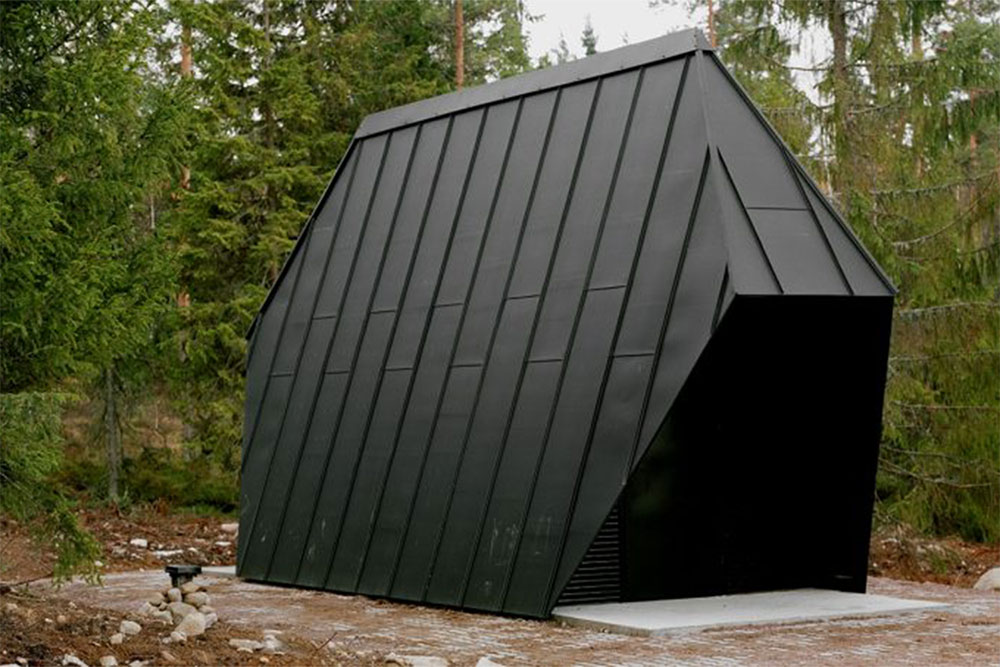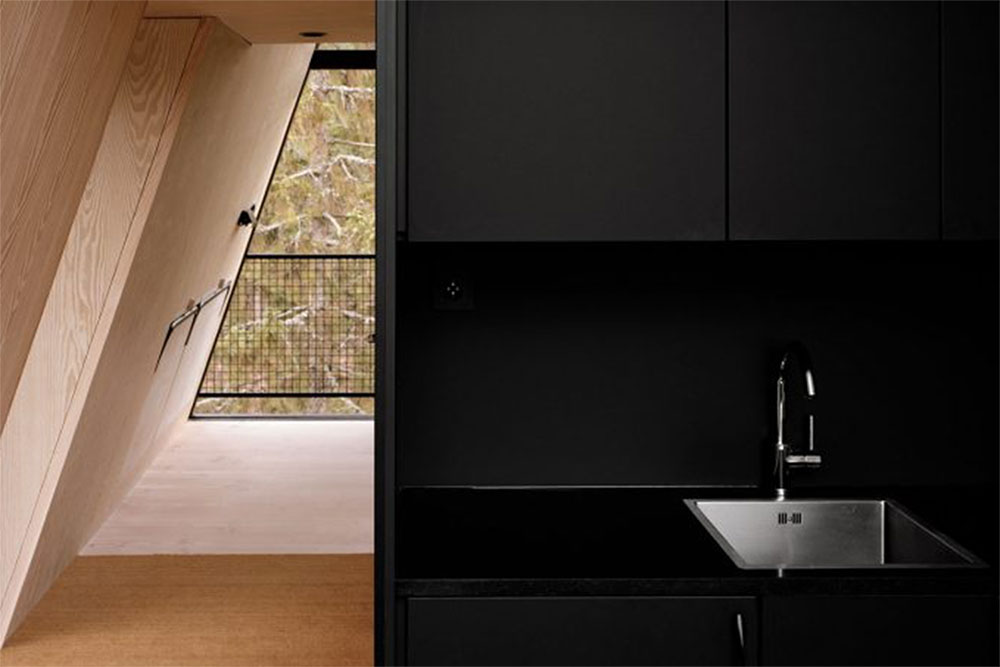For nature lovers, the “big get” during a visit to Norway is seeing the Northern Lights. While we aren’t saying this magical solar phenomenon isn’t bucket-list-worthy, it often overshadows another natural wonder the country has to offer. The Scandinavian Taiga — or boreal forest — stretches from eastern Norway to Russia, making it the largest belt of forest in the world. It also happens to be home to a great deal of unique wildlife and jaw-droppingly beautiful vistas. To truly appreciate the breathtaking magnitude of the Taiga, you have to get up above the treetops and there’s a set of cabins that lets you do just that.
PAN Treetop Cabins are located in the Finnskogen, or “Forest of the Finns,” close to Norway’s eastern border. About 2.5 hours drive from Oslo, this remote area has a unique, and magical, history. Populated by Finnish immigrants in the 1500s, Finnskogen gained a reputation among native Norwegians as a supernatural place thanks to the unique farming methods used by the newcomers. This mythology stuck and was part of the inspiration in the creation of PAN Treetop Cabins. The name is also an ode to the Greek forest god Pan, and a reminder of how nature can leave you in awe.
The stunning surroundings aren’t the only things that will leave you in awe. The cabins themselves are equally impressive. Just two were built on the site to allow for maximum solitude during your retreat. Set on steel poles and standing 26-feet high, the cabins elevate visitors to the treetops, providing unobstructed views of the rolling, tree-covered hills. With everything from lynx to bears to wolves living in Finnskogen, it’s a chance to get above the forest floor and be perfectly positioned to view these free-roaming, majestic creatures.
The elevated cabins are accessed via spiral staircases and bridges built from black steel. The black finish lets the structures blend in with the surrounding coniferous trees while also offering structural support against harsh winter winds. Inspired by the fire lookout towers that dot the forest, the staircases provide architectural context before entering the A-frame cabins.
Not typical for this part of the world, the A-frame was an interesting choice for the cabins. Along with adding a touch of visual whimsy, the triangular shape allowed architect Espen Surnevik to maximize space while still creating a sense of intimacy. Inside, the cabins can sleep six in a surprisingly spacious 431 square feet. Taking advantage of the height that A-Frames provide, Surnevik included a private sleeping loft tucked into the steep slopes of the roof. Downstairs, there are cleverly hidden elements including a fold-out table to turn the sitting area into the dining room and a fold-out bench that can double as a twin bed.
Clad in black oxidized zinc and steel, the exterior of the cabins feel mystical. But inside, they are bright, warm, welcoming spaces thanks to the pinewood that lines the ceilings and floor. Pops of green were added to mimic the color of the trees, including the fully tiled green bathroom and locally sourced green wool on the fold-out bench/bed.
Typical of the Scandinavian minimalist style we love so much, the cabins have only what they need and nothing more. With glass walls at either end looking out to the Finnskogen, the sprawling forest and unique wildlife are the stars of the show.








